In recent years, scientific advancements have propelled the field of genetics into uncharted territories, offering unprecedented possibilities for disease treatment and cures. One revolutionary technique that garnered immense attention is CRISPR-Cas9, a powerful gene editing tool that can potentially transform medicine’s landscape. In this comprehensive exploration, we delve into the intricate world of CRISPR-Cas9, its remarkable capabilities, and its groundbreaking potential in curing diseases that have plagued humanity for generations.
Understanding CRISPR-Cas9: The Gene Editing Marvel
CRISPR-Cas9, short for “Clustered Regularly Interspaced Short Palindromic Repeats – CRISPR-associated protein 9,” is a groundbreaking gene editing technology that allows scientists to alter DNA within living organisms precisely. Derived from a natural defense mechanism found in bacteria, researchers have harnessed and fine-tuned this tool to edit and modify genetic material in a targeted and controlled manner.
Unleashing Precision: How CRISPR-Cas9 Works
At its core, CRISPR-Cas9 functions as a pair of molecular scissors with unparalleled accuracy. The system involves two main components: the Cas9 protein and a guide RNA molecule. The guide RNA is engineered to recognize a specific DNA sequence, while the Cas9 protein acts as the molecular scissors, snipping the DNA at the predetermined location. This incision prompts the cell’s natural DNA repair mechanisms to kick in, allowing for the introduction of desired genetic changes.
A Revolutionary Force in Disease Treatment
The potential applications of CRISPR-Cas9 in disease treatment are nothing short of extraordinary. Scientists and medical professionals worldwide are harnessing this technology to develop innovative therapies for various genetic disorders. From hereditary conditions like cystic fibrosis and sickle cell anemia to more complex diseases like cancer and Alzheimer’s, CRISPR-Cas9 offers a glimmer of hope for patients and their families who have long yearned for effective treatment options.
Tackling Genetic Disorders Head-On
One of the most promising aspects of CRISPR-Cas9 is its ability to address genetic disorders at their root. Traditional treatments often focus on managing symptoms, but with the precision and efficacy of CRISPR-Cas9, the potential exists to correct the underlying genetic mutations responsible for these disorders. This opens doors to more effective treatments and paves the way for potential cures that were once deemed unattainable.
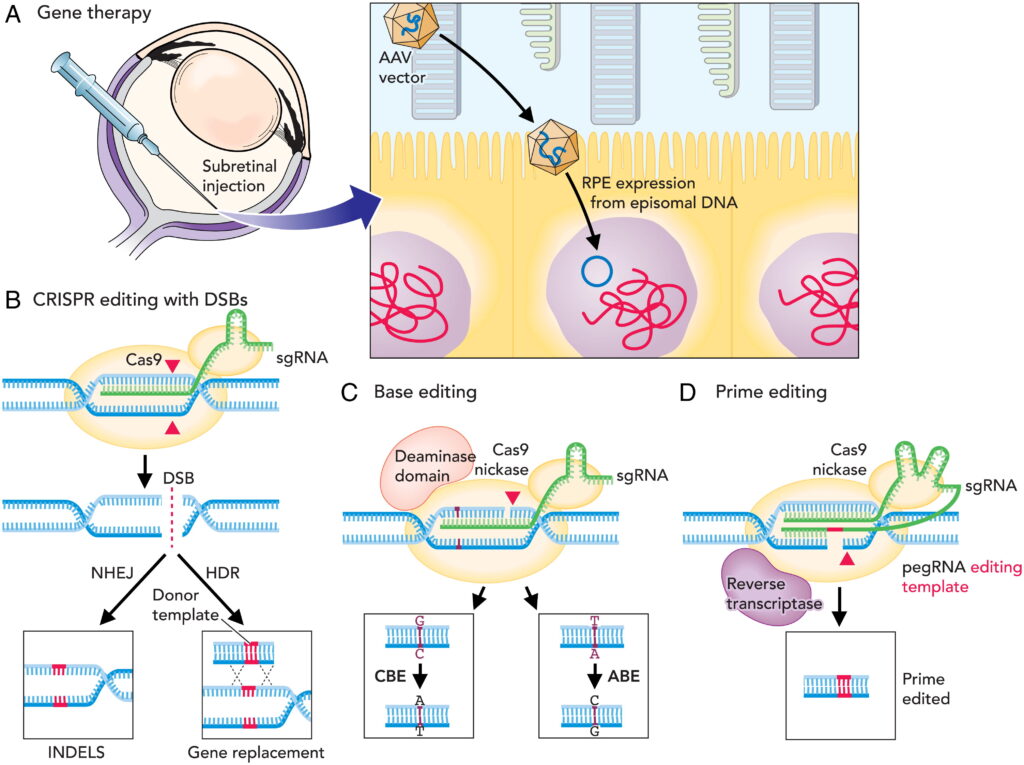
A New Era in Cancer Therapies
Cancer, a complex and devastating disease, has seen remarkable advancements through the lens of CRISPR-Cas9. Researchers are exploring ways to utilize the technology to target and disable cancer-causing genes, potentially halting the progression of the disease. Additionally, CRISPR-Cas9 is being employed in developing personalized cancer vaccines, which harness the body’s immune system to recognize and destroy cancer cells, offering renewed optimism in the battle against cancer.
Precision Medicine: Tailoring Treatment to the Individual
The concept of precision medicine, where treatments are tailored to an individual’s unique genetic makeup, has gained significant traction with the advent of CRISPR-Cas9. This approach holds immense promise in treating various diseases, from rare genetic disorders to more common ailments. By precisely editing the genetic code, medical professionals can optimize treatment strategies and reduce the risk of adverse effects, ushering in a new era of patient-centered care.
Ethical Considerations and Future Directions
As with any groundbreaking scientific advancement, CRISPR-Cas9 raises important ethical considerations. The ability to edit human genes raises questions about responsible usage, potential unintended consequences, and the need for stringent regulations. As technology continues to evolve, an ongoing dialogue between scientists, ethicists, and policymakers is crucial to ensure that CRISPR-Cas9 is harnessed for the betterment of humanity while minimizing potential risks.
Looking ahead, the future of CRISPR-Cas9 holds immense promise. Researchers are actively working to enhance the precision and efficiency of the technology, opening doors to even more intricate genetic modifications. The synergy of CRISPR-Cas9 with other cutting-edge techniques, such as gene therapies and stem cell research, further amplifies its potential to revolutionize disease treatment and cures.
Conclusion: A New Dawn in Medicine
In the ever-evolving landscape of medical science, CRISPR-Cas9 stands as a beacon of hope, illuminating the path toward unprecedented disease cures and treatments. Its precision, versatility, and transformative potential position it as a true game-changer, offering new avenues of healing for ailments that have long plagued humanity. As scientists continue to unlock the mysteries of genetics and harness the power of CRISPR-Cas9, a new dawn emerges—a future where diseases that once seemed impossible may finally meet their match.


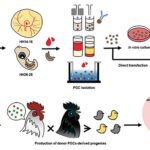









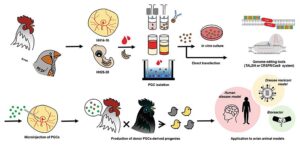

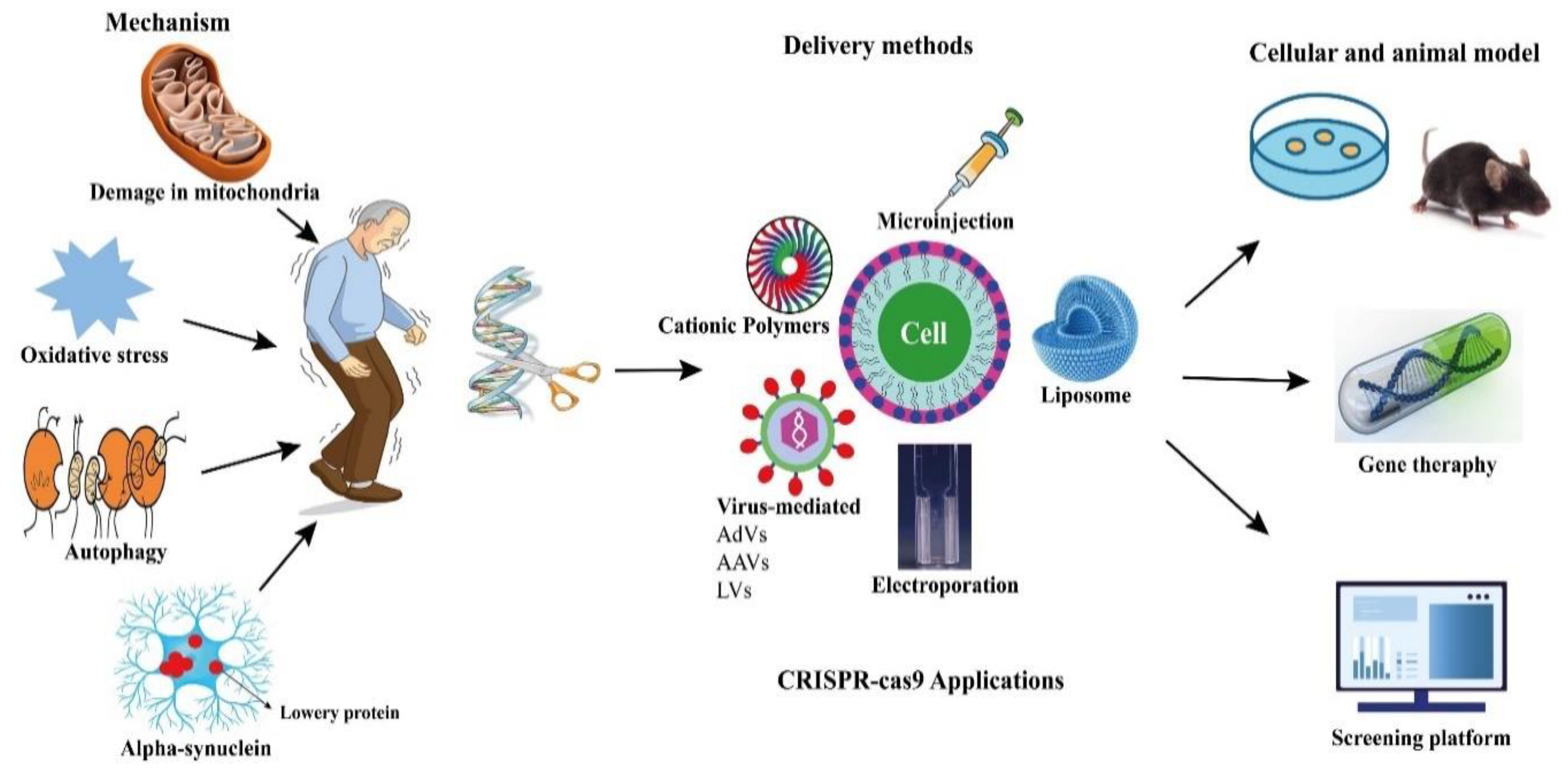


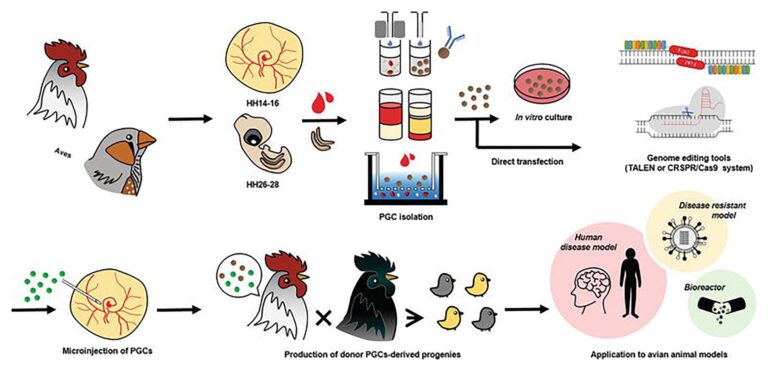






+ There are no comments
Add yours